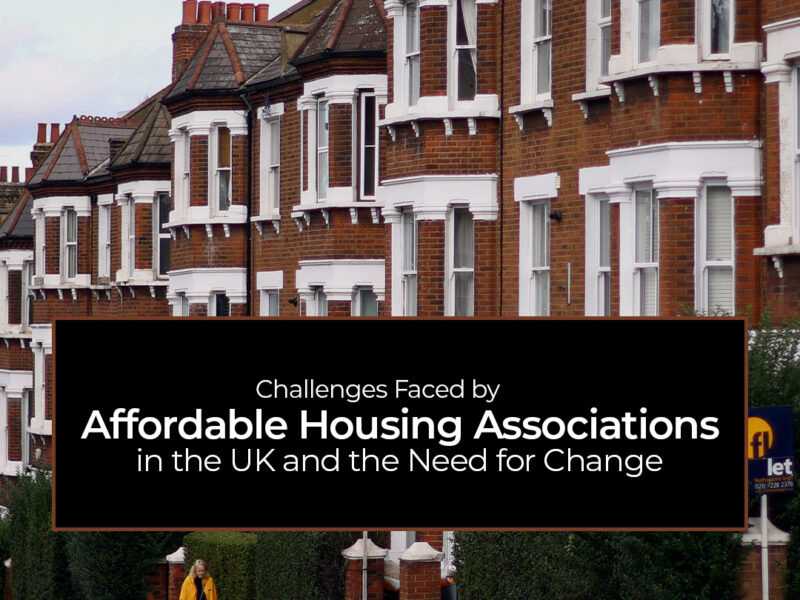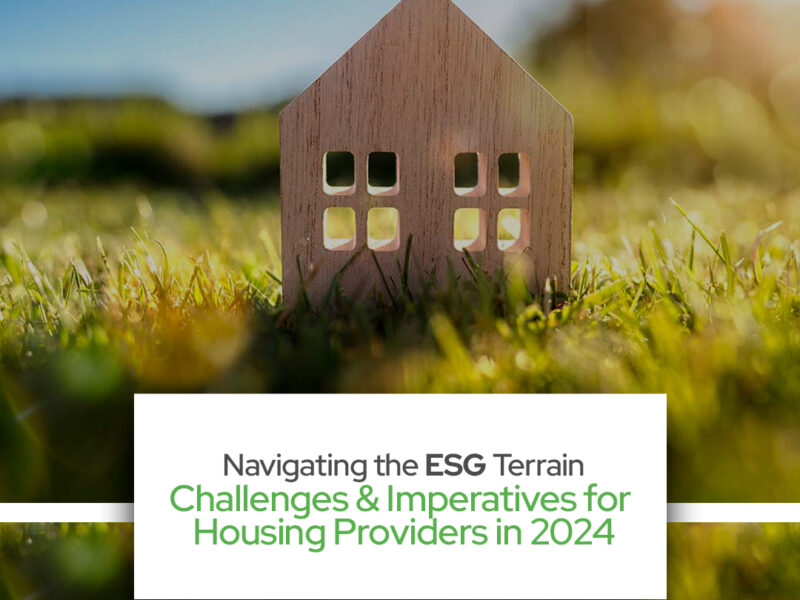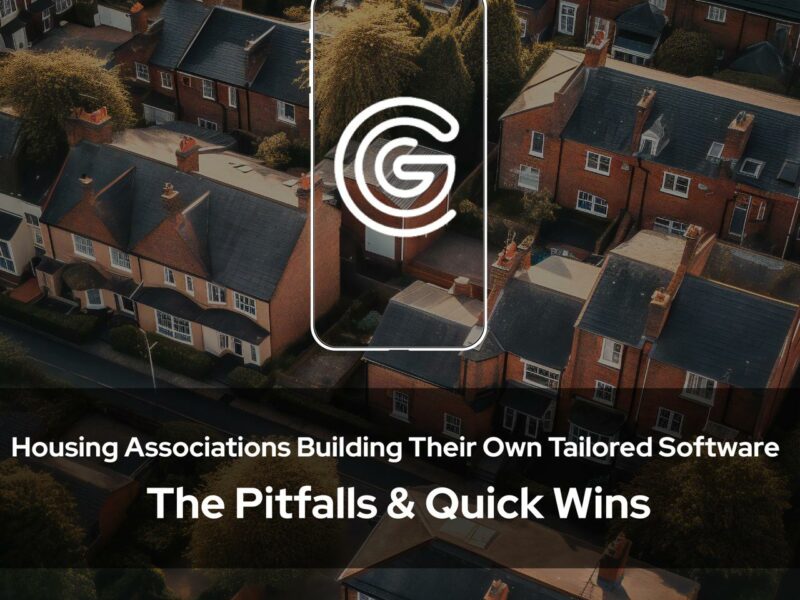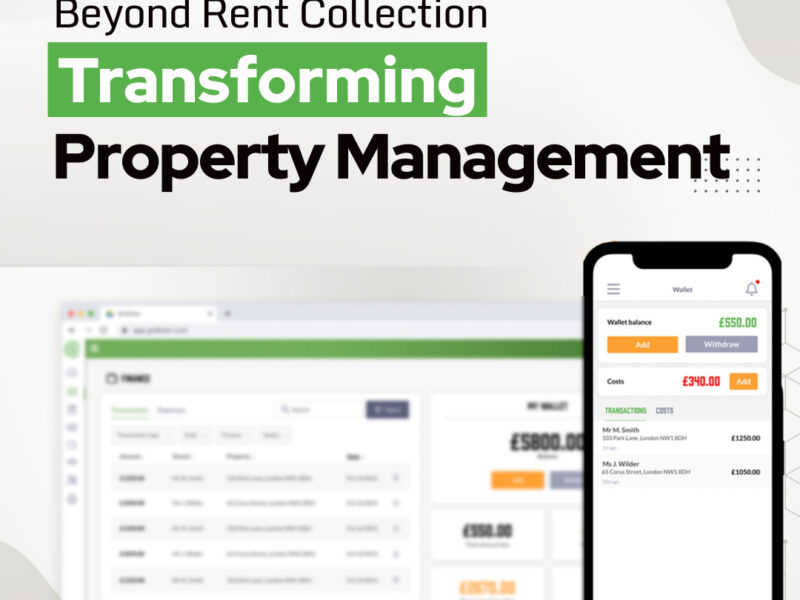
Websites: Viable for Resident Engagement?
A good website functions as a ‘hub’ for any business. Introductions to the service, social media profiles and contact information are standard tools in housing websites. When a website provides rent payment functionality, maintenance reporting portals, and news streams with the latest updates, a website becomes a powerful tool for resident engagement. Many Housing Associations (HAs) have adopted this format, however, they are still in the minority.
The greater part of HA websites are designed for commercial purposes. Their layouts are more practical than accessible, and feature business and sector-specific terminology that other customers (or in this case, residents) have difficulty navigating. Inaccessible websites have no value to residents above discovering how to contact the business on specific needs, and this is the waste of a potentially powerful asset. TPAS and HQN organised a webinar titled “Putting people at the heart of housing management” which was sponsored by Gridizen. One of the attendees mentioned that residents complain about their website being “difficult to navigate.” The multiple sections dedicated to property investing, careers, the board and senior executives, volunteering and finding homes flood the website with unneeded information for the resident. While including these sections makes commercial sense, it only serves to deter residents from engaging with the website.
Therefore, two issues arise:
- How can we balance the right amount of ‘useful information’ with the proper amount of accessibility?
- Are websites the most appropriate tools for resident engagement in the first place?
Perceived ease-of-use determines if residents consistently engage with websites. Navigability, accessible sections, clear language and a bit of aesthetic flair appeal to a wide base of potential users. Adding intuitive rent payment pages or maintenance portals aid in engagement when designed purposefully. However, this can be challenging when a perceived usefulness is more appealing to experienced professionals and investors in social housing[1].
The solution to this is not to redesign the website. Social housing has been constrained by a lack of resources and reluctancy to change, especially for landlords in matters of resident involvement[2]. Re-developing the website to better suit residents would only require significant time, effort and CapEx. There are other higher priority challenges facing housing associations. Furthermore, websites are passive hubs of information. Users are expected to check the website for updates. This is not the best way to send information quickly and reliably. With highly optimised services being commonplace, users expect to receive useful information at the press of a button, or even passively from service providers through notifications on smartphones, and this is the future.
Residents’ demands are changing, and property managers’ workloads are increasing. Housing is moving towards more technologically apt solutions, and an effective Property Management System (PMS) should be one them.
Gridizen is a PropTech with a holistic solution to integrate PMS with resident engagement systems. Landlords and HAs can send the most important information (about rent, complaints, updates or contacts) to adapt to the engagement challenges that websites suffer from. As a pro-active service, we directly notify the residents with relevant updates, rather than the residents having to check themselves. Finally, there is no upfront time or CapEx requirements for organisations as we host the platform for you.
Gridizen’s resident engagement tool is free of charge for all HAs. If you have any questions about Gridizen or would like to get in touch, please get in touch with kmahmood@gridizen.co.uk
[1] Castañeda, J., Muñoz-Leiva, F. and Luque, T., 2007. Web Acceptance Model (WAM): Moderating effects of user experience. Information & Management, 44(4), pp.384-396.
[2] https://www.housingrights.org.uk/sites/default/files/Success,-Satisfaction-and-Scrutiny.pdf




